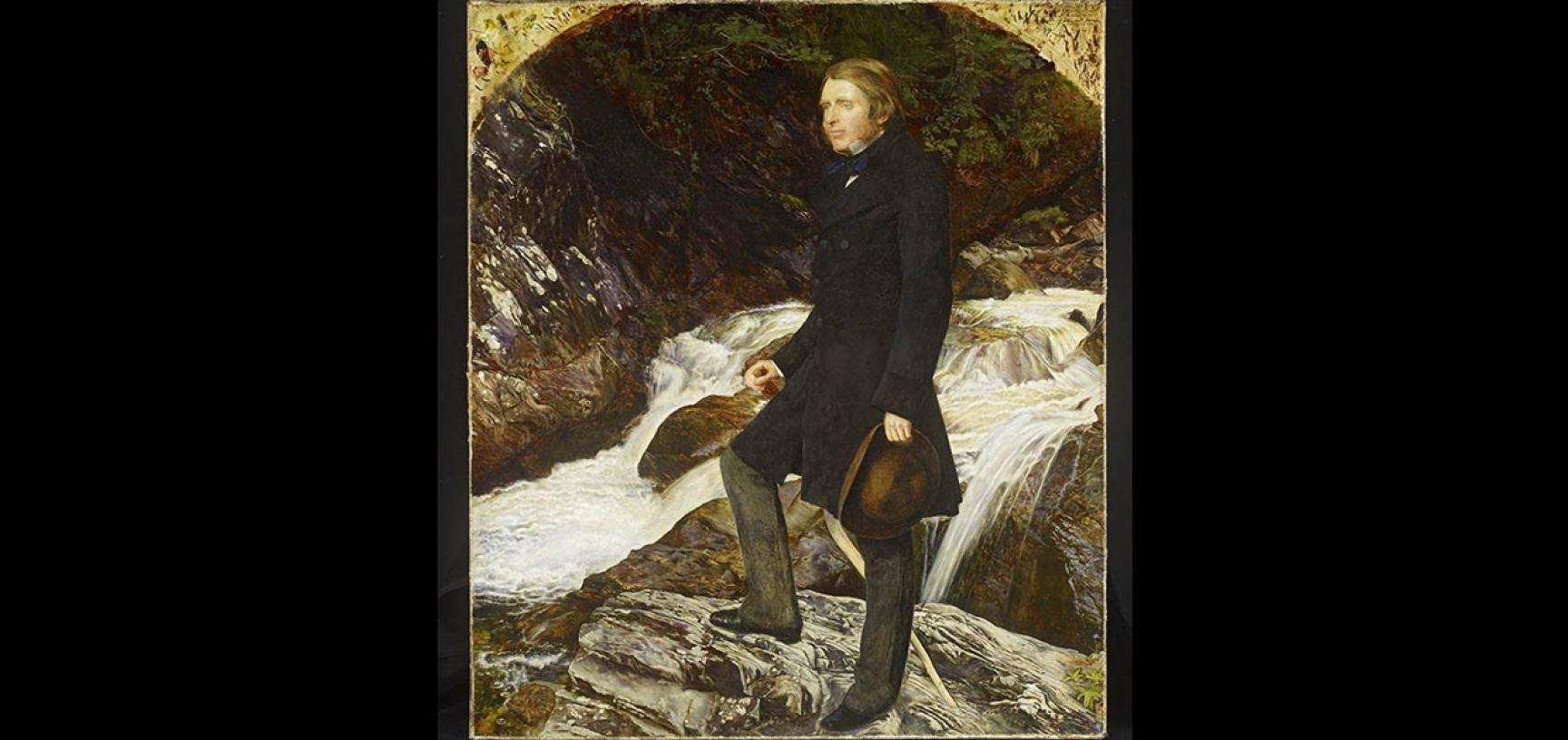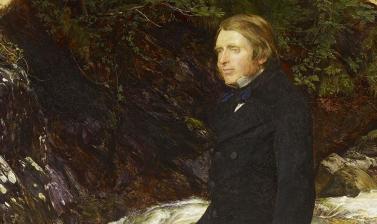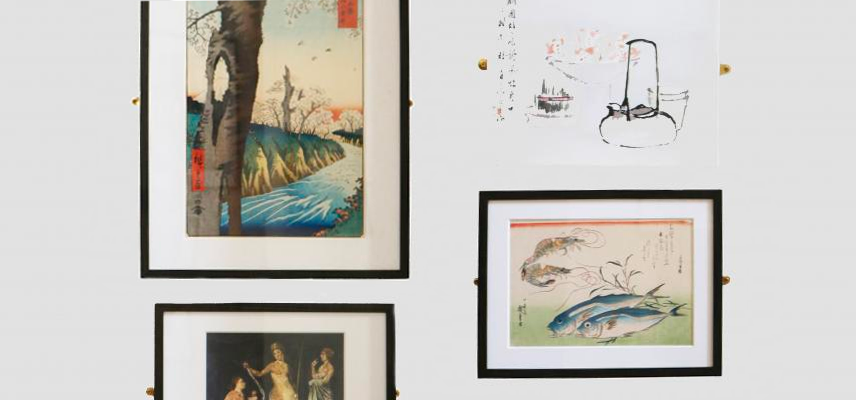PORTRAIT OF JOHN RUSKIN
A portrait leading to divorce
The Pre-Raphaelite Brotherhood was formed in September 1848 in the London studio of John Everett Millais (1829–96). Although they had no clear manifesto, the members were all devoted to ‘truth to nature’ which, for the five or so years of the Brotherhood’s existence, required a meticulously detailed style of painting. Millais was the most advanced of the artist members, and his technique the most distinguised.
It was John Ruskin’s father who commissioned Millais’s celebrated portrait of his son. It was begun while the author and sitter were in holiday in the summer of 1853 at Brig o’Turk, in the Trossachs near Stirling. The portrait was begun in July, with Ruskin’s old Oxford friend, Sir Henry Acland, holding the canvas. This was not the first time that Millais had painted outdoors, but it was an experience fraught with difficulties – it rained frequently and the party were plagued by midges. Millais worked very slowly, but most of the background was completed by the end of October. The figure of Ruskin was painted from life in Millais’s studio in London in the following year, and Millais returned to Brig o’Turk in June 1854 for about ten days to complete the landscape.
Millais had completed the picture with increasing reluctance, having fallen in love with Ruskin’s wife, Effie, while they were in Scotland. The affair eventually led to the dissolution of Ruskin’s marriage in April 1854, and Millais married Effie in July 1855. The portrait became distasteful to the sitter and he gave it to Sir Henry Acland in 1871.
John Ruskin, John Everett Millais (1829–96)
1853–54
Oil on canvas
71.3 x 60.8 cm
Accepted by HM Government in lieu of Inheritance Tax and allocated to the Ashmolean Museum, 2013
View on our online Collection Online Site: WA2013.67
License this image - visit the Ashmolean Image Library











